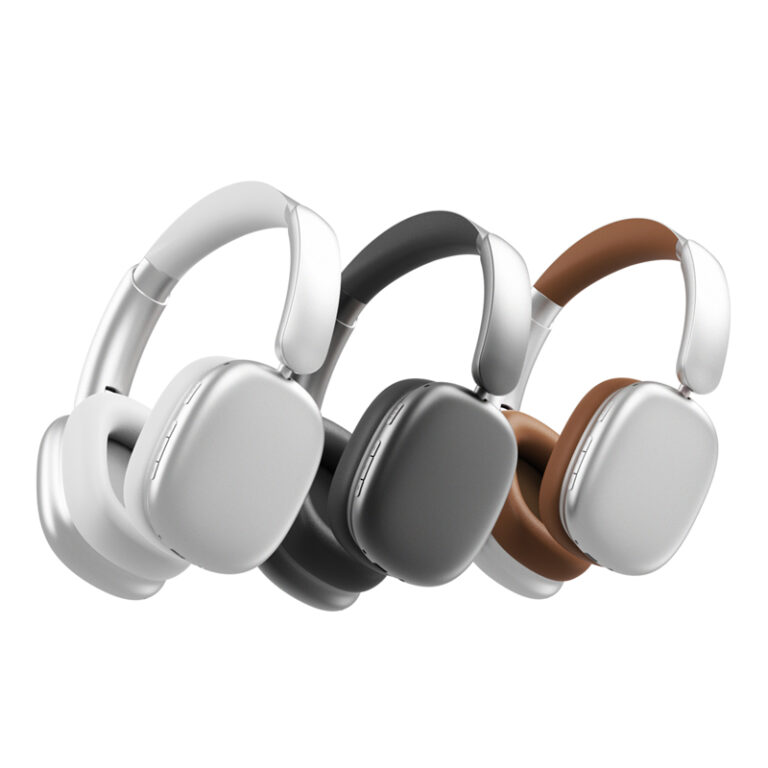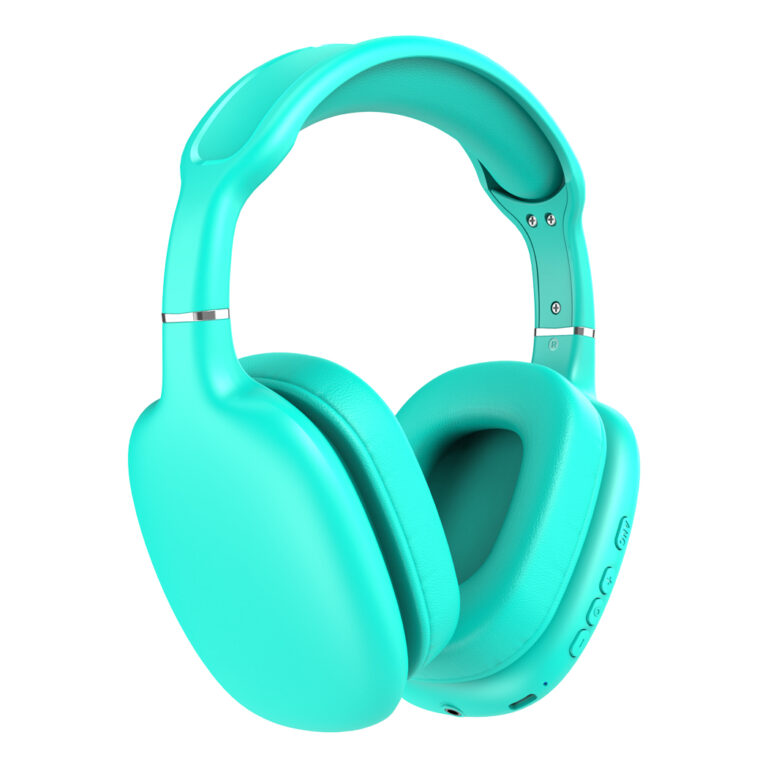jay@nbdho.com
Headphone Mold Development: From Design to Production
The headphone mold development process is a critical step in transforming a headphone concept into a fully manufacturable product. Molds serve as the foundation for producing consistent, high-quality headphone housings and components. This process requires precision engineering, collaboration between design and tooling teams, and careful planning to ensure both aesthetic appeal and functional integrity.
1. Concept and Industrial Design
The journey begins with industrial designers creating visual and ergonomic concepts. These initial sketches and 3D models focus on shape, fit, comfort, and aesthetics. At this stage, materials are considered—plastic, metal, or hybrid—since each has different molding requirements. The designs must accommodate internal components such as drivers, PCBs, and microphones while maintaining user comfort.
2. 3D CAD Modeling and Engineering Adjustments
Once a concept is approved, detailed 3D CAD models are created using software like SolidWorks or AutoCAD. These models include precise dimensions and tolerances for each part. Engineers ensure that the design is “toolable,” meaning it can be physically created through mold injection. Elements such as draft angles, wall thickness, and snap-fit joints are optimized to support smooth production.
3. Prototype and Fit Testing
Before mold creation, prototypes are 3D-printed or CNC-machined to verify fit, ergonomics, and internal space. These rapid prototypes allow teams to test the assembly, comfort, and even perform acoustic evaluations. Feedback from this stage often leads to minor revisions in shape or structure to improve user experience or simplify assembly.
4. Mold Design and CNC Tooling
Once prototypes are validated, mold design begins. This involves creating metal tooling—typically aluminum or steel—that forms the negative cavity of each headphone component. CNC (Computer Numerical Control) machines carve the mold blocks with extreme precision. Complex parts may require multi-part molds with sliding cores or inserts to form undercuts and fine details.
5. T1 Sampling and Mold Refinement
The first set of molded parts, known as T1 samples, are produced using the new molds. These parts are tested for dimensional accuracy, surface quality, and material behavior. Common issues at this stage include shrinkage, warping, or short shots (incomplete filling). Engineers make refinements to the molds—polishing surfaces, adjusting venting, or modifying gate locations—before moving to final approval.
6. Mass Production Readiness
Once the mold passes all quality and performance checks, it’s approved for mass production. At this point, the mold is installed in injection molding machines that produce thousands of consistent parts daily. Production materials (such as ABS, PC, or silicone) are fed into the machine, melted, and injected into the mold cavity. Cooling systems ensure fast cycling and dimensional stability.
7. Mold Maintenance and Lifecycle
Throughout the product lifecycle, molds require regular maintenance to ensure longevity and precision. Steel molds may last for hundreds of thousands of cycles, but periodic polishing, cleaning, and component replacement are necessary. Well-maintained molds reduce defect rates and production downtime.





